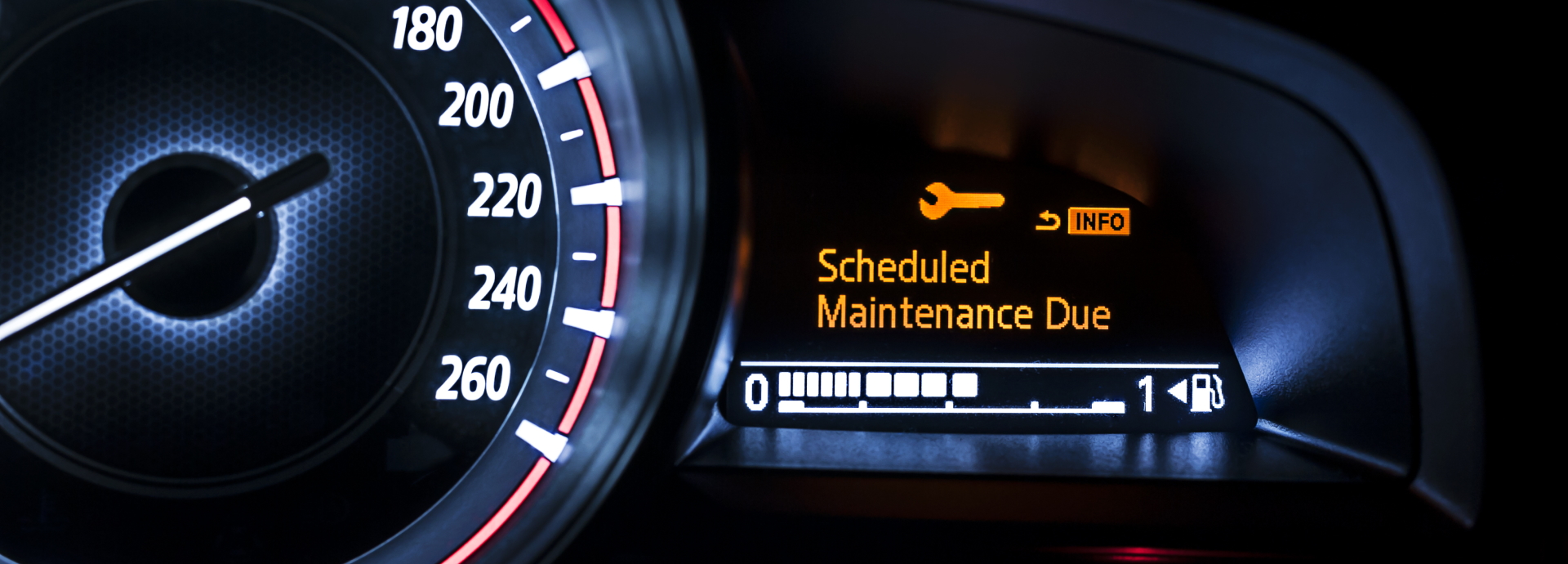Continuous Maintenance Improvements
Good machine maintenance is an essential ingredient needed for manufacturing operational excellence. Defining ‘good’ is not always so simple, with multiple trade-offs in maintenance strategies – between the cost of prevention and the cost of maintenance; between duration of planned downtime vs the duration of unplanned downtime and different levels of spare parts holding costs. What is clear, however, is the need to ensure that your company has a maintenance improvement roadmap that will, overtime, allow you to benefit from the potential inherent in the present and developing Industry 4.0 technologies. Your organization may currently be considering purchasing new systems – and you’d be wise to ensure that systems you select today not only provide the functionality you need immediately, by will position to fully benefit from emerging and future maintenance approaches.
To fully appreciate the importance of these considerations, in this article we’ll review the approaches and trends around manufacturing maintenance; and address the main factors manufacturers should consider as part of their maintenance roadmap.
Reactive Maintenance
In many places, reactive maintenance (or run to fail) is still used either as the primary method of equipment maintenance or in conjunction with more modern approaches. Reactive maintenance has low prevention costs (as nothing is done until there is a failure) and could maximize machine utilization and production output – until a breakdown happens.
However, by waiting for a problem to occur before addressing it, smaller issues often go unnoticed until they cause machine failures – resulting in unplanned downtime – for the machine and the production line – and the need to make a more expensive fix than had they been dealt with earlier. Additionally, to minimize the length of down time, spare parts need to be accessible and readily available increasing inventory costs.
Preventive or Planned Maintenance
Planned Maintenance (i.e., preventive maintenance performed at regular intervals to keep the assets running and avoid expensive repairs and downtime) should decrease equipment malfunctions, eliminate unplanned downtimes, and lower overall maintenance costs. The trade-off here is the need to schedule planned downtimes – and the need to maintain equipment even when there is no apparent problem. Inventory still needs to be kept, but typically lower levels – with spare parts procurement done based on the published maintenance schedule.
Issues with Planned Maintenance
The effectiveness of planned maintenance as a generic approach for all equipment is questionable. ARC Advisory Group reports that data on failure patterns from four different studies show that (on average) only 18 percent of assets have an age-related failure pattern; 82 percent exhibit a random pattern. For machines with random failure, routine maintenance will not necessarily prevent a failure – which means that all too often, good parts are replaced un-necessarily and service time is wasted without achieving the goal of alleviating failures and downtime.
Condition Based Maintenance (CdM)
Condition based maintenance alleviates the problem of servicing machines unnecessarily while avoiding unplanned downtime. This is achieved by monitoring the condition of the machine either manually or by electronic IIoT sensors on machines that monitor key characteristics such as temperature, pressure, vibration, electric voltage or current and others. When sensors are used, the need for service is determined by a sensor reading reaching a pre-defined level indicating something is wrong.
Condition based maintenance uses static rules and requires the implementors be intimately familiar with their machines to define the thresholds. This approach is also susceptible to noise input leading to false alarms.
Predictive Maintenance (PdM)
Like CdM, predictive maintenance also uses sensors to monitor the machines, but does not rely on predefined, fixed thresholds to identify a current issue. Instead, the predictive maintenance software ingests the sensor readings and uses advanced machine learning (ML) to determine the patterns in the characteristics of the measured parameters and correlates them with historic machine failures in order to predict when future failures are likely to occur. To achieve accurate predictions, the mechanism needs a good amount of historical data – and better data quality – leads to better predictions.
Prescriptive Maintenance (RxM)
Prescriptive maintenance takes predictive maintenance a step (or two!) further – and uses even greater levels of artificial intelligence (AI) to provide information on the best remedial action the alternatives available to manage the situation. Advanced types of prescriptive maintenance inform on how various operating conditions and maintenance steps may affect when the failure is likely to happen. For example, running a machine at half its speed may delay the failure until a conveniently scheduled downtime. It may also indicate what minor maintenance may be sufficient to keep it going until the next scheduled maintenance time. Prescriptive maintenance may also indicate what the overall production downtime cost would be for a full immediate repair compared to running the machine at a lower capacity to assist managers making the best operative decision.
Industry 4.0 and PdM / RxM
For both predictive and prescriptive maintenance, large amounts of historic data are required to mine the patterns inherent in the data. Powerful analytics are needed for both predictive and prescriptive analytics.
The movement to cloud based services provides access to powerful shared network-based processing making this analysis affordable – even for mid-sized manufacturers.
Consulting companies PwC and Mainnovation coined the term PdM 4.0 which represents the most current approach to PdM. The PdM 4.0 approach extends the application of PdM to include the use of big data analytics to additionally include environmental conditions, asset maintenance history, standard maintenance tasks and statistics of comparable equipment – both within and without the organization.
Requirements for Advanced Maintenance Methods
Various factors such as budget and available technology are pre-requisites for implementing a modern maintenance method such as PdM. However, the primary requirement is the availability of data. Often getting any machine data is not easy – and the challenge to collect and properly manage sufficient, accurate and contextualized data is often even more difficult.
PdM 4.0 Maturity
At the time of its publication in November 2019, an IEEE publication PdM 4.0 stated that PdM 4.0 was still in its infancy. While things may have advanced since then, there is still way to go to achieve all the potential improvements technology is able to provide in how machines are maintained.
Planning for the Future
Given the vast benefits that modern maintenance methods provide – and the improvements still beyond the horizon, manufacturers should at the very least ensure that they are positioned to reap the fruits of the evolving maintenance approaches. This requires implementing systems that are able to access their machine data or monitor their machines and facilities. The machine data needs to be contextualized and stored along with other the relevant information that will allow accurate analysis of the data and making predictions for the future.
Cloud based solutions make the processing power available and affordable. Moreover, the correct cloud-based solutions should be able to leverage de-personalized data from across different manufacturers to provide better insights to each individual manufacturer by virtue of the additional information available per machine type.
Medium sized manufacturers should realize that they too can benefit from the modern maintenance technologies and should plan to avail themselves of the benefits of these abilities.
About FactoryEye
FactoryEye is a Manufacturing and Organizational Intelligence platform facilitating operational excellence for mid-sized manufacturers. FactoryEye’s cloud-based data-lake collects and contextualizes data from the factory floor and across the entire organization and uses machine learning to provide the actionable and predictive insights medium-sized manufacturers need for continuous improvement and operational excellence.
________________________________________
- ARC Advisory Group – Improve Asset Uptime with Industrial IoT and Analytics
- PwC – Predictive Maintenance 4.0.
- IEEE, A Survey of Predictive Maintenance: Systems, Purposes and Approaches




